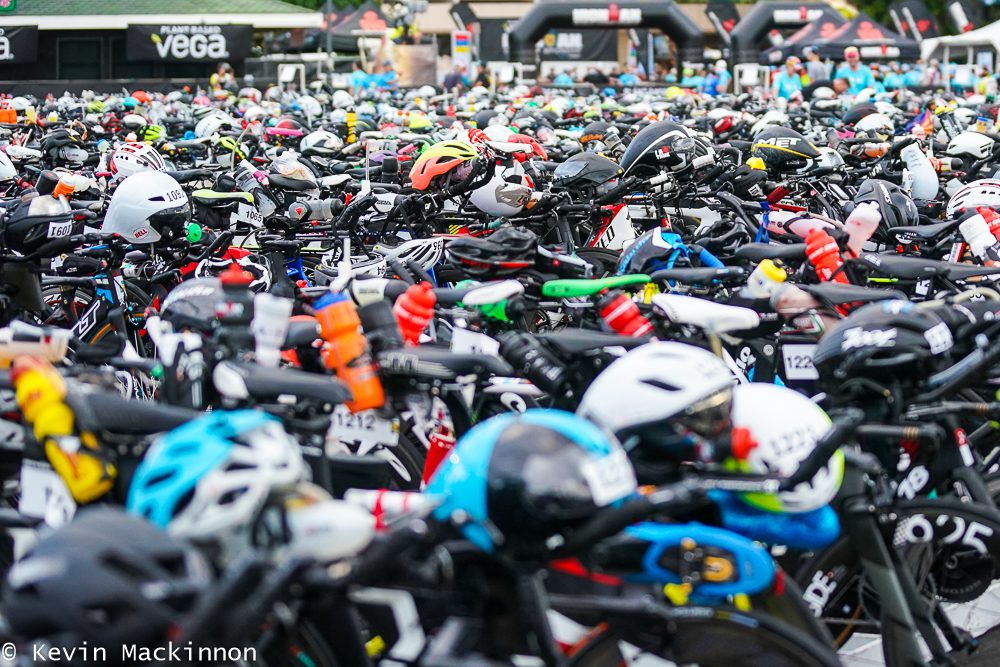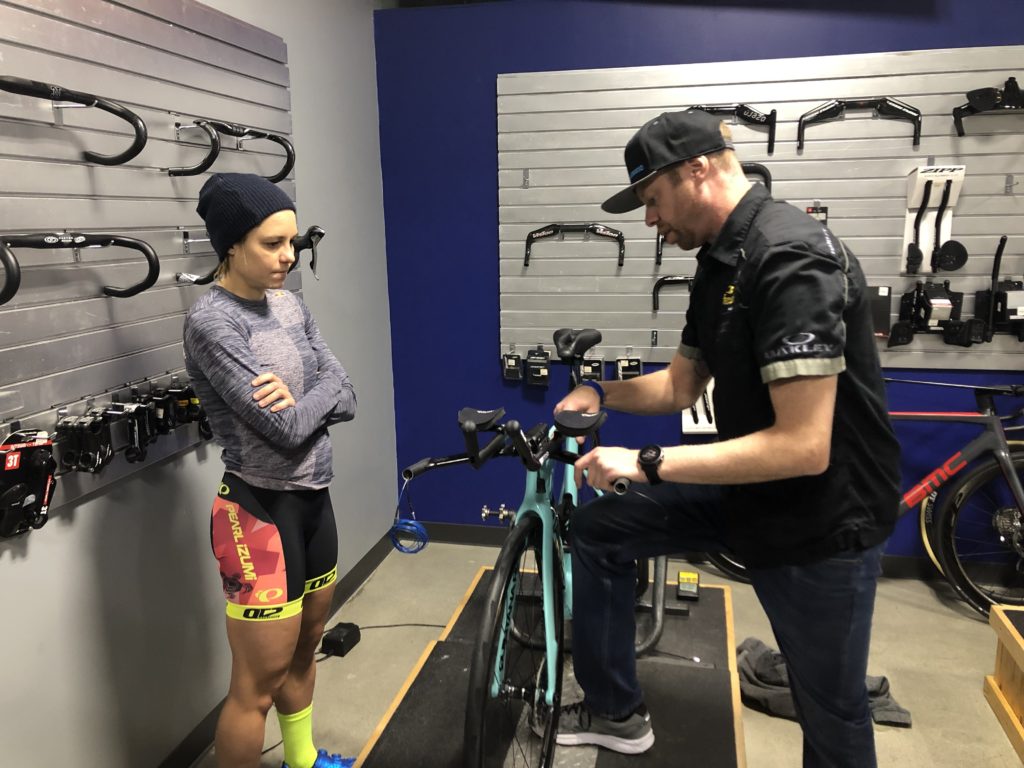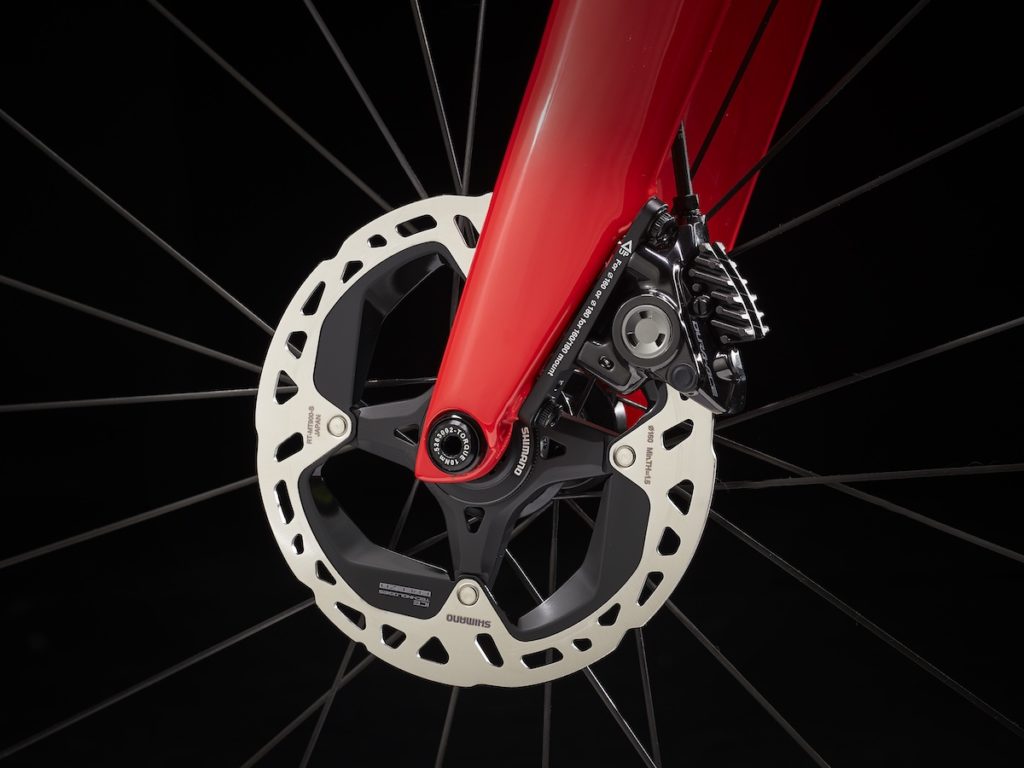Is it time to look for a new bike?
After a few years of bike shortages, supply is starting to appear. Is it time to look for a new ride?
 Photo by:
Kevin Mackinnon
Photo by:
Kevin Mackinnon
Like all gear in the triathlon world, it seems that each year producers present an endless number of new options and upgrades to entice consumers to retire their old gear and upgrade to the newest of new. During the pandemic that was put on hold for a bit due to supply issues, but now we’re starting to more inventory appearing in bike stores across the country.
The cycling industry has long been very successful in enticing professionals and amateurs alike by making upgrades to existing models or releasing ground-breaking technology that makes athletes wonder, “Do I need that?”
Here are some tips on whether or not you truly do need that latest tech:
How’s your existing ride?
Before you even consider entering the market for a new bike, you need to address your current ride. It is important to gauge your position and feel on your current bike, and make note of what you like and dislike about your current gear. When was the last time you had a decent bike fit? This is an important question when it comes to assessing what you should look for in
your new bike purchase. Having a professional bike fitter take a hard look at your current position can help guide you – not only to what size bike you might need, but also what frames you might want to stay away from. Many athletes might like the idea of riding on the same frame as a pro, but if a particular frame has limited to no position adjustment, you could be spending thousands of dollars just to be uncomfortable on the new bike. It is very important to check with a manufacturer or bike fitter that your current position or a similar one can be accommodated on your new bike.

Is it time to move on with the times?
Disc brakes have become the standard in the last few years and to many traditionalist enthusiasts this is a hard pill to swallow. Disc brakes offer much more efficient, and safe, braking, but come at the price of ease of use. Rim brake bikes are very easy to adjust on the fly and, should any brake-rub happen, it is relatively easy to just open the brake calipers up to fix that problem. Disc brakes, on the other hand, are much more finicky, and when they rub it can be very difficult to fix the problem on the go. When a disc brake system is working, it is an absolute pleasure to ride. However, when they are rubbing and squeaking, it can be a headache as a professional mechanic is usually the best chance of correcting the problem for good. Withmany bike manufacturers pushing for disc brake TT and triathlon bikes, it seems that joining the disc brake movement is the only way to keep up with the current technology being pushed by manufacturers.
Frame material is another thing to consider when looking to upgrade to a new bike. Carbon fibre and composite materials now dominate all markets from entry level to high end. While there are still a handful of aluminum, steel and titanium bikes being produced, most new carbon and composite frames will ultimately offer the most aerodynamic benefits while also being lighter and offering a more comfortable ride.

Would wheels be a better purchase?
Should you be on the fence with whether to upgrade a current bike, or buy new, there are a few things to consider. First is brakes – is your frame equipped with disc brakes or the older, traditional, rim brakes? If you have a newer frame with disc brakes, you probably will get the most speed benefits out of purchasing some faster race wheels. In terms of training, adding a power meter to the mix (if you don’t already have on) will offer some big advantages, too. After that it might be worth looking at some lighter components – a higher-end group set, more aerodynamic or comfortable handlebars, a more comfortable seat post, and lighter pedals (these could serve as a power meter, too). Those who are happy on a rim brake bike for the next few years could do this as well and might find some great deals on rim brake wheels and components. Remember, though, that now that the cycling industry is really pushing disc brakes, over the years it will become harder to find parts and upgrades compatible with rim-
brake bikes. At the end of the day, it will always come down to an individual’s preference on how they want to spend their money, but it is important to keep an eye on the everchanging cycling market – the goal seems to be to eliminate rim brake bikes.
Purchasing a new bike is a very exciting time as it probably means that you have outgrown the maximum capabilities of your old bike. It is important to take your time with the new purchase and explore many different options before scooping up a new bike purely on emotion or price. You can find the greatest deal in the world, but if the bike doesn’t fit, or is not suited to you, chances are you will not be pleased down the road. Make sure your next bike fits great, feels awesome, and has you smiling every time you get on it. Sometimes you can achieve that by adding to your current frame, but sometimes it’s time to take the plunge and invest in a new ride.
Sean Mackinnon is a former member of Canada’s national cycling team. He won two bronze medals at the Pan Am games on the track and in the individual time trial.
